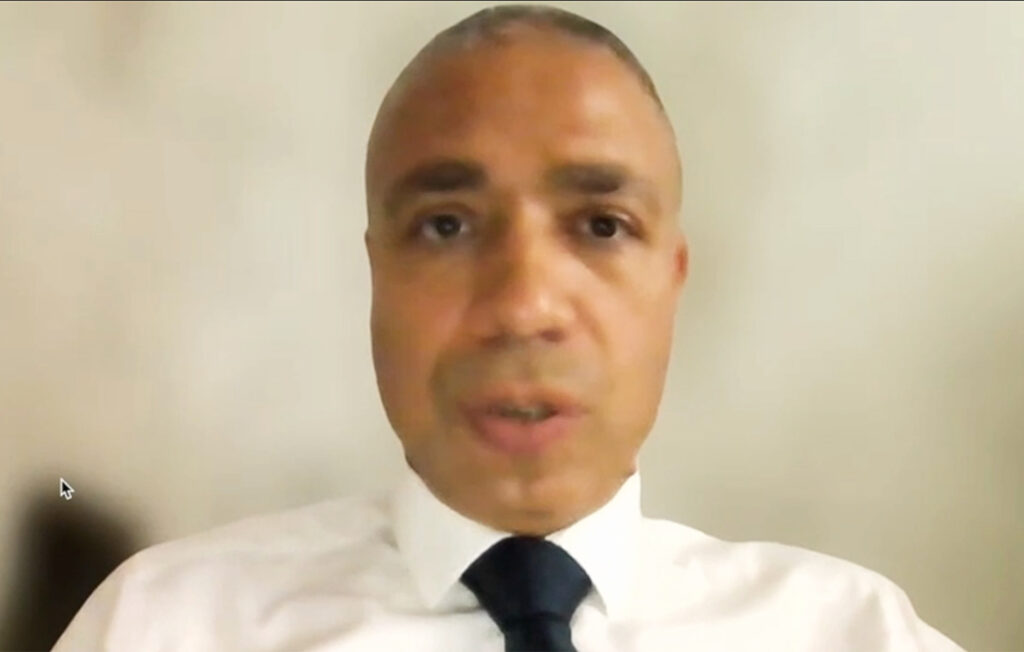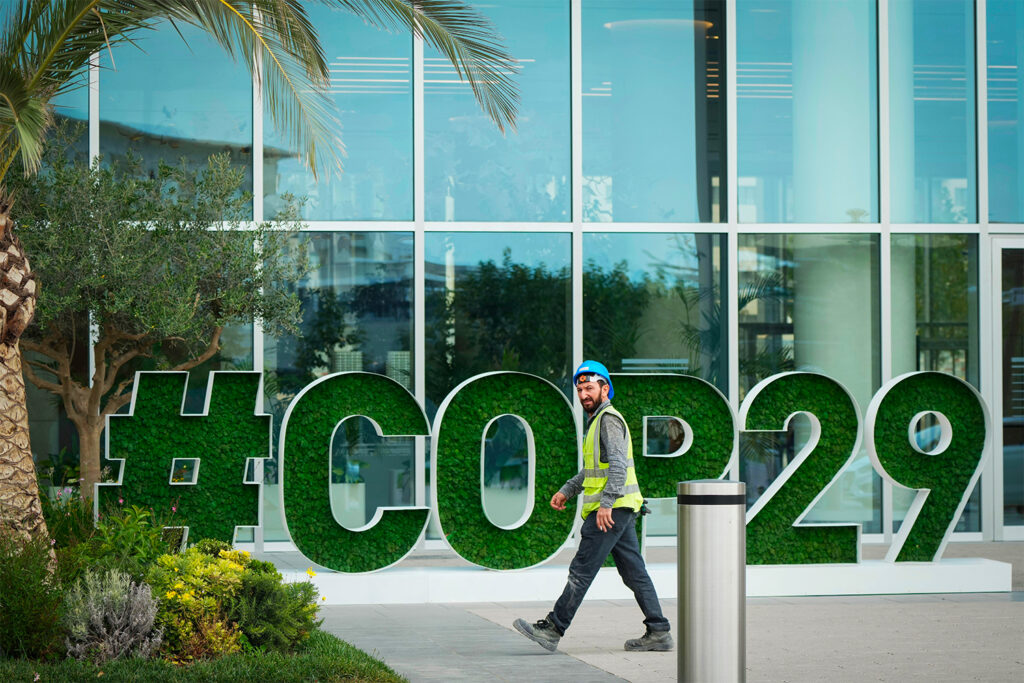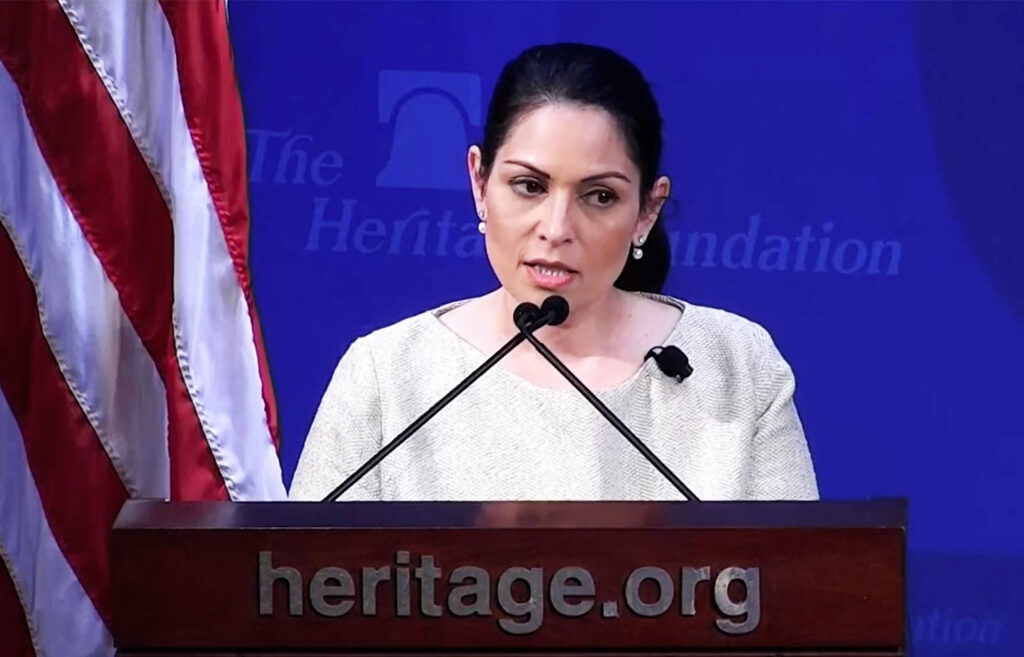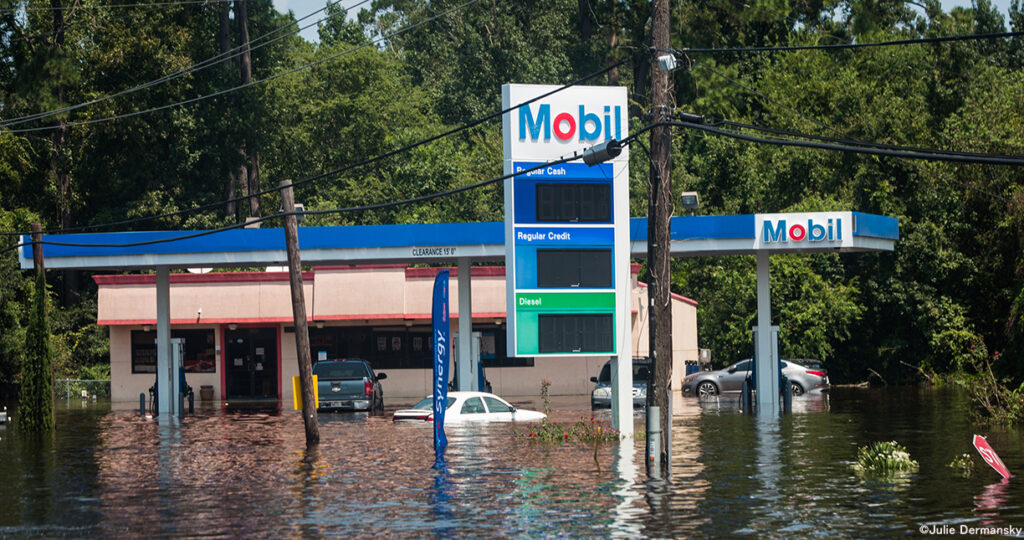By James Wilt, The Narwhal. Originally posted on The Narwhal.
In this Q&A we speak with Bruce Campbell, author of a new book on the disaster that transformed a small Quebec town but left Canada’s neglected regulatory system largely unchanged
It’s now been half a decade since the catastrophic Lac-Mégantic rail disaster in southern Quebec. On the night of July 6, 2013, a runaway train carrying shale oil from North Dakota exploded, killing 47 people and destroying most of the town’s center.
But despite being the deadliest event in Canada’s history since the Halifax Explosion in 1917, the Lac-Mégantic disaster has largely faded from the public’s consciousness outside of Quebec.
Bruce Campbell, the former executive director of the Canadian Center of Policy Alternatives and expert in oil-by-rail regulations, wants to change that — and ensure that the proper people and policies are blamed. In his new book The Lac-Mégantic Rail Disaster: Public Betrayal, Justice Denied, Campbell traces with careful detail all the factors that led up to the catastrophe, including rail deregulation in the 1980s and 1990s, industry-captured regulators, reduction in crew sizes, unsafe train cars transporting volatile oil, and corporate reluctance to implement costly safety measures.
Some policies have been changed since. Many have not. And oil-by-rail shipments continue to grow.
In Lac-Mégantic itself, the memory of the disaster lingers, and has powered an ongoing push by locals and activists to clean up the industry and prevent a similar disaster from befalling another town.
In April 2018, the Quebec legislature issued a unanimous call for a public commission of inquiry into the disaster. The federal government rejected the request, saying the existing Transport Safety Board report explained everything in detail and that the necessary work has been completed. The federal government later opted to controversially reroute the tracks around the town.
The Narwhal chatted with Campbell about the causes of the disaster and what’s changed since — both for the oil-by-rail industry and for the town.
What made you want to write a book about the disaster in the first place? Was there a certain moment where you realized this was something you wanted to devote a couple of years to?
I watched it, like millions of others, and was horrified that it could happen so close to home. I’ve done a lot of policy work, including deregulation work. Once I started listening to the blame game going on, I thought I could provide something that would be independent, without any vested interests. My former colleague lost three members of her extended family. Two little girls and their mother. That certainly changed things.
You trace the disaster all the way back to the deregulation in the 1980s under Mulroney, and everything that followed. Why was it important for you to rewind it back to that point?
I didn’t start off as an expert on rail safety regulation, but the more I read it the more I saw the stages. I saw a series of policies that progressively removed safety protections and gave increasing power to the companies. Its enabler, or sibling policy — austerity — weakened the regulator. It became more and more dysfunctional internally. Of course, [Canadian National Railway] was privatized, which further enabled this process.
The landmarks were the Rail Safety Review Act, which came into force in 1988 and introduced rules which gave companies a lot of leeway to write the rules that were previously written by the department. They always had a lot of influence, but this really increased their ability to basically write the rules and the approval was largely a rubber stamp. They had great ability, as I documented throughout the book … to block, delay, dilute.
Then there was the privatization in the mid-90s, the budget cuts and the real quantum leap to the safety management system in 2001 — which in practice became the oxymoron of industry self-regulation. Of course, Harper came in with his ideology and the new regulatory policy. This was all happening at the same time as the recession, when they were re-elected in 2008, and that’s when the unconventional oil-by-rail boom got rolling.
Has the government shifted anything in its approach, or answered any of these questions in a meaningful way?
There have been a number of smaller or modest changes that happened, especially in the year after. Obviously, when something like this happens, the public wakes up and says “holy smokes, the government doesn’t have safety as its first priority.”
The government makes a big to-do about all of the things that it’s done. Some of them were important, like getting rid of single-person trains. They did that immediately, within weeks.
There were a number of high-profile things which I go into in the book. The Trudeau government comes in and [transportation minister Marc] Garneau says “rail safety is my top priority.” There were a number of things he did in big public announcements in 2016: He accelerated the elimination of remaining DOT-111 [oil-carrying train cars] and just recently of the unjacketed CPC-1232s, which are both slightly modified versions of the original DOT-111s.
Most fundamentally, it’s the regulatory capture issue.
It’s the ongoing relationship with the regulator: the necessary measures to strengthen the regulator to its capacity, its power, its resources. There’s been no change in that regard. There are still problems about brake securement. The whole safety management system is hugely problematic. They haven’t dealt with the problems. There’s still very little unannounced on-site inspections.
How is the community dealing with the legacy of this tragedy? Are impacts ongoing?
In 2016, I spoke at the anniversary event to the crowd. I built up this relationship. It was that relationship that really opened my eyes to the aftershocks. When the cameras go away, memories tend to fade and become more distant.
It’s one thing to talk about all the events that went on in the lead-up and the aftermath and what governments have done. But what’s going on inside?
Certainly, the people and activists I met are in a sense heroes in this story. They’re relentless and really courageous. The tendency — and it affects a large percent of the population — is that they’re worn out and apathetic and just want to move out and don’t want to hear anything more.
But they keep pushing. When I did my press conference on Parliament Hill, they came up from Lac-Mégantic to be there. They’re resolute.
There’s the ongoing trauma, the PTSD, the health effects, the environmental effects, the interaction with the wildlife and the air and how that’s affected health. There’s all of those things that are with the community five years after. You’ve got this big open desert where the town used to be. There’s a big open desert where the historic town center was.
I make the analogy to Naomi Klein’s The Shock Doctrine and the “disaster capitalists” that came and persuaded the municipal council of a clean slate, just wipe everything out. So they destroyed, by order of municipal council, more buildings than were demolished in the actual fire. They argued it was just to be absolutely sure, but it was done. There’s still a lot of opposition to it.
Ambulance chasers and case runners came up from Texas: They basically conned the victims’ families with going with [them] and got a finders’ fee of $10 or $15 million. The Quebec bar wasn’t there to protect any of these people. They were totally vulnerable.
Those were some of the aftereffects.
The fact the coalition continues to find evidence of threats and risks to safety that haven’t been addressed. If those risks are still there — where there was the worst rail disaster — what’s happening in the rest of Canada if they allow these risks to continue to exist? It’s a real cautionary tale.
Where should we go from here?
To be clear, my book is not an argument for more pipelines as an alternative to rail. Pipeline dangers are well known, as is the Orwellian assertion that Canada can meet its climate commitments while at the same time increasing oil production.
Rather — to the extent that oil by rail is a reality and is growing, and Canada continues to expand the production and export of oil — fundamental changes are required to make it safer.
Main image: Firefighters work to extinguish flames shooting from from derailed rail cars in Lac-Mégantic, Quebec, on July 6, 2013. The accident killed 47 people. Credit: Transportation Safety Board, CC BY–NC–ND 2.0
Subscribe to our newsletter
Stay up to date with DeSmog news and alerts







